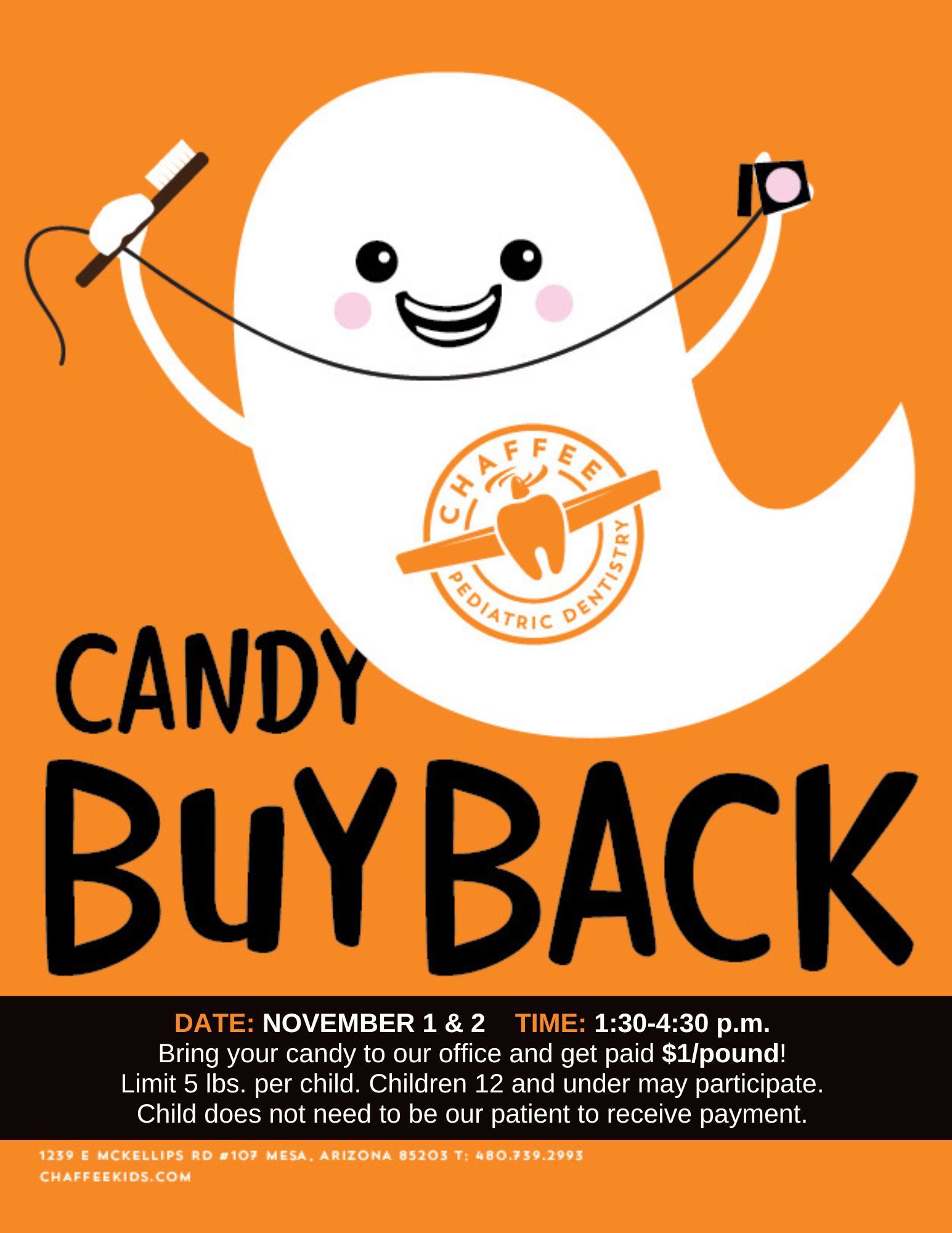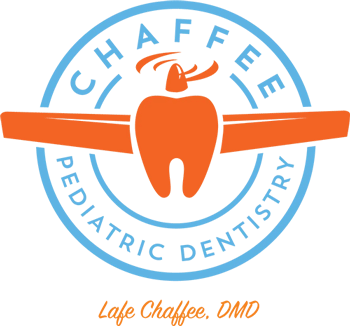Understanding Tongue and Lip Ties in Kids: Causes, Symptoms, and Treatment in Mesa, AZ
Posted by Lafe Chaffee on Feb 5 2025, 04:36 AM
Tongue and lip ties are common yet often overlooked conditions in infants and young children. If left untreated, they can impact feeding, speech, and oral development. If you're concerned about tongue and lip ties, understanding their causes, symptoms, and available treatments can help you make informed decisions for your child's well-being. Consulting a skilleddentist in Mesa, AZ, is crucial to ensure your child receives the proper diagnosis and care.
What Are Tongue and Lip Ties?
A tongue tie (ankyloglossia) occurs when the lingual frenulum, the thin tissue connecting the tongue to the floor of the mouth, is too short or tight, restricting tongue movement. Similarly, a lip tie happens when the labial frenulum, the tissue connecting the upper lip to the gums, is too tight, affecting mobility and function.
Both conditions can cause feeding, speech, and oral development difficulties, making early detection and treatment essential.
Causes of Tongue and Lip Ties
Tongue and lip ties are congenital conditions, meaning they are present at birth. The exact cause remains unclear, but genetics play a significant role. If a parent had a tongue or lip tie, there is an increased chance that their child may have it as well. Tongue and lip ties may sometimes be associated with other genetic conditions or developmental factors.Contact usto learn more.
Signs and Symptoms of Tongue and Lip Ties
Early detection oftongue and lip ties in Mesa, AZ, can prevent future complications. Some common symptoms include:
In Infants:
- Difficulty latching while breastfeeding
- Poor weight gain
- Frequent colic or gas due to improper sucking
- Clicking sounds while nursing
- Prolonged feeding sessions
- Reflux symptoms
In Toddlers and Older Children:
- Speech difficulties, particularly with sounds requiring tongue movement (e.g., "r," "l," "t," "d")
- Difficulty eating solid foods
- Dental issues, such as a gap between the front teeth
- Challenges in oral hygiene due to restricted movement
- Mouth breathing or snoring
Diagnosis of Tongue and Lip Ties
A dentist or a pediatric specialist can diagnose tongue and lip ties through a physical examination. They will assess the range of motion of the tongue and lip, check for restrictions, and evaluate the impact on feeding or speech. Additional assessments by a lactation consultant, speech therapist, or pediatrician may be recommended if necessary.
Treatment Options for Tongue and Lip Ties
The treatment for tongue and lip ties depends on the severity of the condition and its impact on the child's development.
Non-Surgical Approaches
In mild cases, therapy may be recommended before considering surgical intervention. This may include:
- Lactation support to improve breastfeeding techniques
- Speech therapy for articulation issues
- Orofacial myofunctional therapy to strengthen oral muscles
Frenectomy (Laser or Scissor Procedure)
A frenectomy is a quick and minimally invasive procedure that releases the tight frenulum, improving tongue and lip mobility.
- Laser Frenectomy:Uses a soft tissue laser to remove the restrictive tissue with minimal bleeding and discomfort. This method is preferred for its precision and quicker healing time.
- Scissor Frenectomy:This method uses surgical scissors to cut the frenulum. It is effective but may require more aftercare.
Both procedures are generally well-tolerated and have a short recovery period. Most infants can resume breastfeeding immediately after treatment.
Benefits of Treating Tongue and Lip Ties
Early intervention fortongue and lip ties in Mesa, AZ, can lead to numerous benefits, including:
- Improved breastfeeding experience for both mother and baby
- Better weight gain and nutrition in infants
- Enhanced speech development and articulation
- Reduced risk of dental issues, such as cavities and misalignment
- Increased comfort while eating and speaking
Post-Treatment Care
After a frenectomy, proper aftercare ensures optimal healing. Your dentist may recommend:
- Gentle stretching exercises to prevent reattachment
- Proper oral hygiene to prevent infection
- Regular follow-ups to monitor healing and progress
- Continued speech or feeding therapy, if needed
When to Seek Help
If you suspect your child has a tongue or lip tie, schedule an evaluation with a qualified dentist. Early detection and treatment can prevent long-term complications and support your child's development.
Conclusion
Tongue and lip ties can affect a child's ability to eat, speak, and maintain proper oral hygiene. If you are looking for expert care for tongue and lip ties, consulting an experienceddentist in Mesa, AZ, is the best step toward ensuring your child's optimal oral health. Early intervention allows your child to enjoy a comfortable, healthy, and confident smile for years.
To schedule an appointment with us at Chaffee Pediatric Dentistry, located at 1239 East McKellips Rd #107, Mesa, AZ 85203, call (480) 739-2993 for bookings and consultations. Please visit our official website to learn more about our various services.



